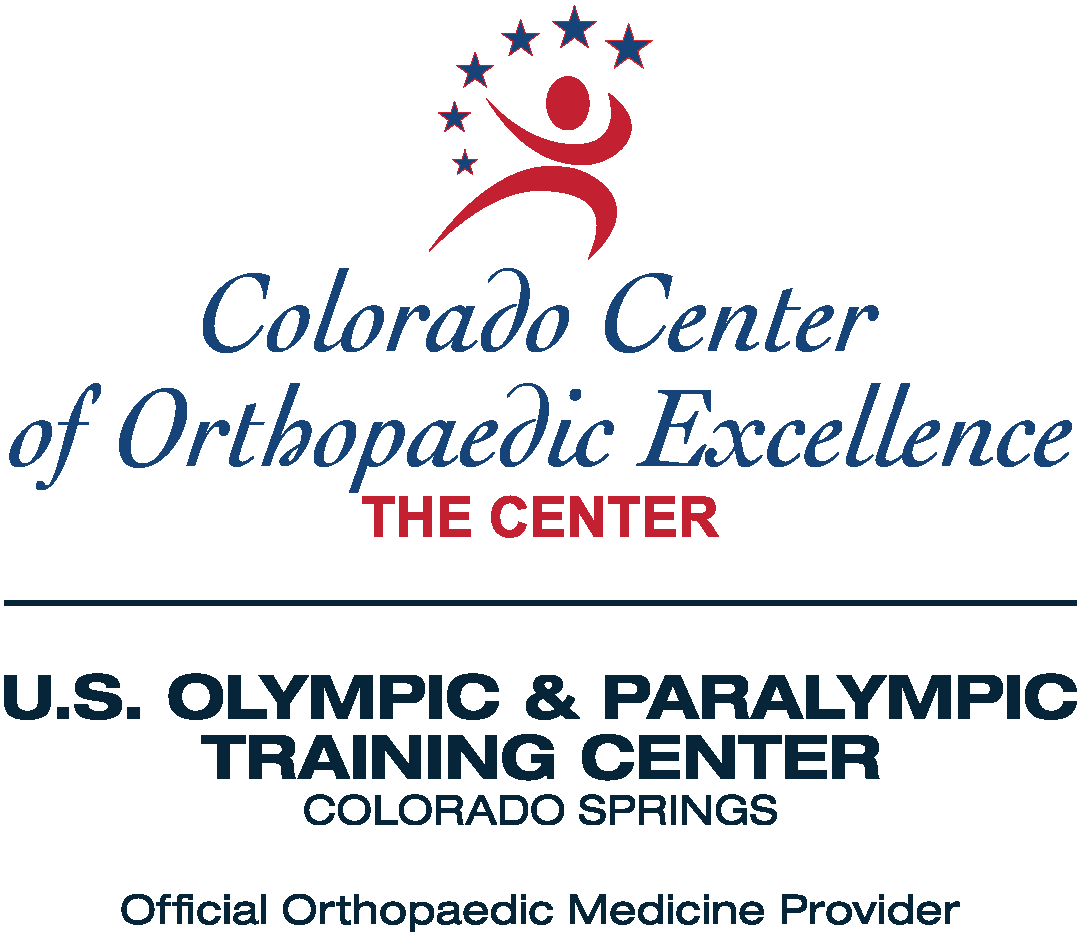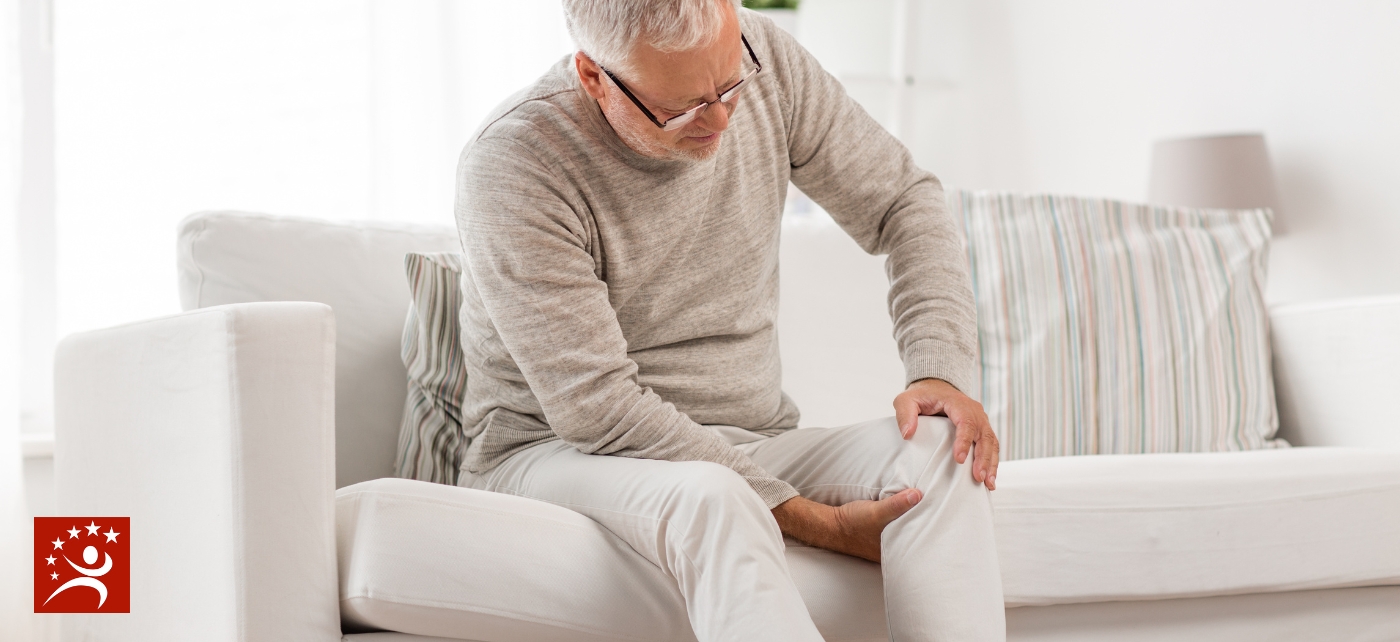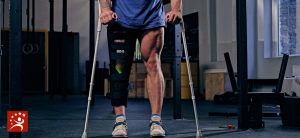Suffering from chronic pain can significantly decrease your quality of life. Whether you’ve tried certain prescription pain relievers before without much relief or have tried to ignore your pain, hoping it will get better in time, it’s time to get help before the pain gets worse and can lead to complications. Spinal pain is debilitating, making it difficult to move and manage normal activities. At the Colorado Center of Orthopaedic Excellence in Colorado Springs, Colorado, our spinal surgeon may be able to provide the opportunity for effective pain relief without needing to undergo surgery.
OVERVIEW
Back pain varies from person to person. For some, it comes on slowly, while others complain of a sudden onset or a “throwing out” of their back. Once it presents itself, the pain may be intermittent or constant. It may feel like a sharp stabbing pain or like a low, dull ache. Some 16 million adults — 8 percent of all adults — experience persistent or chronic back pain and, as a result, are limited in certain everyday activities. Certain sports, such as golf, volleyball, and gymnastics, are more likely to cause back pain, but problems with the spine can occur over time from something as simple as a poor sleeping position or performing a repetitive motion at work. Accidents, falls, lifting, and twisting are often the culprits of sudden spine injuries. Spinal injections are a commonly prescribed treatment for many of these ailments.
ABOUT THE SPINE
The spine is the body’s central support structure. It keeps the body upright and connects the different parts of the skeleton to each other: the head, chest, pelvis, shoulders, arms, and legs. The spine is made up of 24 small bones (vertebrae) that are stacked on top of each other to create the spinal column. The vertebrae are numbered and divided into regions: cervical, thoracic, lumbar, sacrum, and coccyx. Between each vertebra is a soft, gel-like cushion called a disc that helps absorb pressure and keeps the bones from rubbing against each other. Viewed from the side, the spine has a natural “S” shaped curve. Running through the center of the vertebral column is the spinal cord, protected and contained by the spine itself. Without the spine, the cord would be unable to properly connect nerves to the brain, triggering and facilitating all of the essential communication that lets the body know if, when, and how to move.
MOST COMMON SPINE CONDITIONS
Back pain can be caused by many different factors, which at times may all be present at the same time and interact to result in chronic low back pain.
Mechanical/Structural Problems
Back pain can happen when mechanical or structural problems develop in the spine, discs, muscles, ligaments, or tendons in the back, or compress a nerve. These conditions include:
- Sprain: an injury to the ligaments that support the spine often occurring from twisting or lifting improperly.
- Strain: an injury to a muscle or tendon.
- Degenerative disc disease: aging causes the discs between the vertebrae of the spine to break down. It is associated with other degenerative changes in the spine, such as arthritis or spinal stenosis.
- Herniated or ruptured discs: an event causing a disc to compress and irritate nearby nerves. This often occurs at the lumbar level but can be present in the cervical spine as well.
- Spondylolisthesis: a vertebra in the spine slips out of place or gradually moves out of alignment.
- Spinal stenosis: a narrowing of the spinal canal that puts pressure on the spinal cord and nerves.
- Fractured vertebrae.
- Scoliosis or other congenital changes to the spine.
- Myofascial pain: tightness and pain of the muscles supporting the spine due to damage to the muscles or a result of the nerve input to the muscles coming from the spine.
Inflammatory Conditions
- Ankylosing spondylitis is a specific type of arthritis of the spine.
- Often resulting from inflammatory arthritis of the spine.
Other Medical Conditions
- Osteoporosis: can lead to painful fractures of the vertebrae.
- Fibromyalgia: a condition of widespread muscle pain and fatigue.
- Kidney stones or infections.
- Endometriosis: the buildup of uterine tissue in places outside the uterus.
- Infections that involve the bones of the spine or the discs between these bones;
- Tumors: in rare cases, they can develop on the spine or other areas of the back.
- Pregnancy
SYMPTOMS
Because the spine is so centrally connected to all other parts of the body, a problem with the spine can produce a variety of symptoms and impact a patient’s ability to function on a variety of levels. If the issue originates in the spine, symptoms may include:
- Pain that extends into the buttocks and legs
- Numbness and tingling (in the hands and feet)
- Pain that is worse when bending
- Trouble with finger coordination
- Weakness or balance problems
- Abnormally rounded shoulders or back
- Bladder or bowel dysfunction
WHAT ARE SPINAL INJECTIONS?
A spinal injection is a minimally invasive treatment for pain management. It is a simple procedure in which a steroid injection mixture, consisting of a steroid and/or anesthetic and sometimes a numbing agent, is delivered to the area of the spine believed to be the source of pain. Spinal injections can be performed to diagnose the source of the pain (diagnostic) or used as a treatment to relieve pain (therapeutic). The steroid takes two to three days to start to have an effect in most people, and it peaks in about two weeks. Therefore, it may be a while before feeling a change in the degree of pain. Some local tenderness may be experienced for a couple of days after the injection. Most spinal injections are performed as one part of a more comprehensive treatment program. Simultaneous treatments nearly always include an exercise program to improve or maintain spinal mobility (stretching exercises) and stability (strengthening exercises). At their core, spinal injections involve targeted placement of medication near the spine for back, neck, leg, or arm pain. They often require X-ray guidance, or fluoroscopy, to carefully deliver treatment in a precise location.
TYPES OF SPINAL INJECTIONS
- Epidural steroid injections: there are three types of epidural steroid injections; caudal-often used to help with widespread pain, an interlaminar-common treatment used to treat back pain due to herniated discs, spinal arthritis, and spinal stenosis and transforaminal-specifically targets certain nerve roots that are the cause of pain. Epidural injections are used by an estimated 70-75% of women who give birth as an anesthetic for pain relief during labor.
- Facet joint injections: can help manage pain from sciatica, spondylolisthesis, spinal osteoarthritis, whiplash, or sports-related injuries
- Medial branch nerve blocks: temporarily block pain signals coming from medial nerves which run through the facet joints. Facet joints in the spine allow for movement between vertebrae
- Radiofrequency ablation-:innovative spinal injections that use heat to damage problematic nerve tissues, which permanently disables the nerve stopping the pain
- Sacroiliac joint injections: used to treat pain as a result of a variety of conditions including ankylosing spondylitis (a type of arthritis that causes inflammation), physical injury/trauma, osteoarthritis and pregnancy.
- Sympathetic nerve blocks: help find the cause of burning, pain, or tingling in your arms and hands or legs and feet. Provides temporary pain relief to lower extremities.
- Selective nerve root block: used to identify the source of the specific spinal nerve root the pain is originating from
- Regenerative therapy injections: these use powerful growth factors from the body to trigger, accelerate and support the natural healing process.
- Provocation discography: spinal injection done only for diagnosis of pain. It does not have any pain-relieving effect. Often used only if surgical treatment of low back pain is being considered. The information gained from discography can assist in planning the surgery.
GETTING THE RIGHT DIAGNOSIS. GETTING THE RIGHT DOCTOR.
Back pain is one of the most difficult symptoms to treat because of the way in which different individuals experience it. A spine specialist can offer true relief, but it is important to find a doctor with appropriate training and expertise. At the Colorado Center of Orthopaedic Excellence in Colorado Springs, Colorado, everyone is committed to relieving your back pain and other symptoms while providing you with the best possible experience in a compassionate environment. At CCOE, they take the time to explain and discuss all your options to determine the best course of treatment that will return you to your former active self, doing the things you love.









